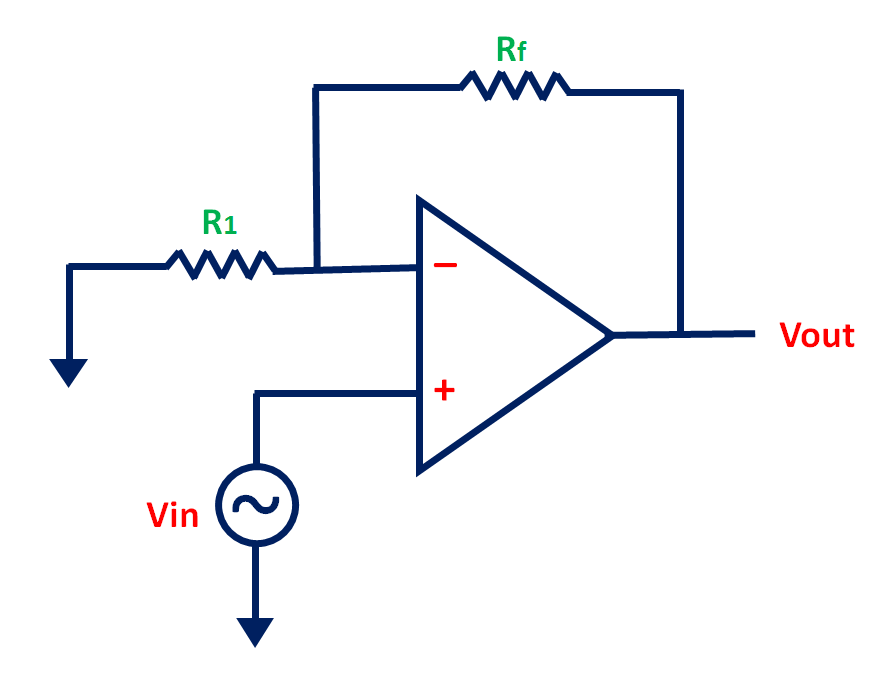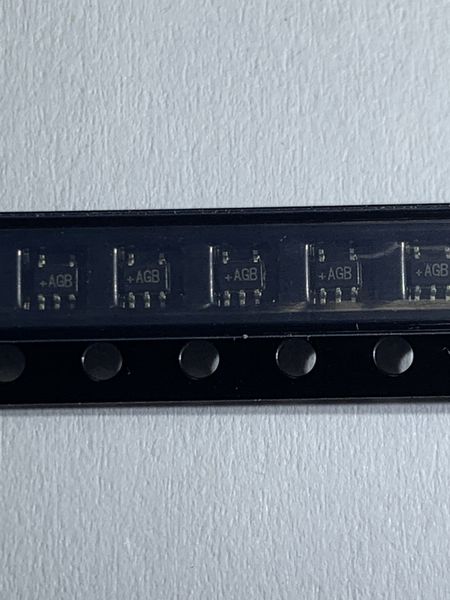A buffer amplifier, often simply referred to as a buffer, is an electronic amplifier that is designed to produce an output signal that's an exact replica of the input signal, but with increased current or power capability.
The primary purpose of a buffer amplifier is to isolate the input signal from the load to which it is connected, often an electrical circuit or another electronic device. Buffers are used in electronic circuits for several reasons:
.jpg)
Impedance matching: A buffer amplifier can match the impedance between two parts of a circuit so that maximum power or signal transfer occurs. This is particularly useful when an impedance mismatch may lead to signal degradation.
Multiple loads: It can help prevent multiple devices from affecting the signal source. When the source is connected to multiple loads (e.g., other circuits, devices, or components), the buffer provides a high input impedance and a low output impedance, ensuring that each connected load receives a consistent and undistorted signal.
Signal strength: If the input signal is weak and needs to be transmitted to a distant load or to multiple loads, a buffer can be used to prevent signal degradation by providing the extra drive current needed.
Isolation: In cases where the signal source may be affected by the load it is driving, a buffer provides isolation, ensuring that the source and load do not significantly affect each other's behavior.
These amplifiers present a high input impedance and a low output impedance, effectively maintaining the energy and voltage levels of the input signal without affecting the original signal.
Overall, a buffer amplifier acts as a bridge between the source and the load, ensuring that the source and the load interact optimally, with minimal effect on each other.
A buffer amplifier, also known as a voltage follower, is a type of amplifier with the main function of providing impedance matching, isolating a signal source from a load, or driving multiple loads while maintaining the signal integrity. Here’s an overview of its operating principle, advantages, and applications:
.png)
Operating Principle:
The buffer amplifier’s primary characteristic is that it has a voltage gain of approximately 1 and a very high input impedance with a very low output impedance. This means that the buffer does not amplify the input signal in terms of voltage, but instead, it reproduces the input signal at the output with a current capability sufficient to drive the load.
This is achieved through the use of an operational amplifier set up in a unity gain configuration. The voltage follower configuration uses negative feedback to provide a high input impedance and a low output impedance, effectively reproducing the input signal's voltage without drawing substantial current from the source. Its high input impedance ensures minimal loading of the signal source, while its low output impedance allows it to drive subsequent circuitry with ease.
Advantages:
- Impedance Matching: Buffers can be used to match impedances between different stages of a circuit, ensuring maximum power transfer and minimum signal degradation.
- Isolation: They isolate the input from the output, preventing signal distortion due to load effects.
- Signal Preservation: Buffers maintain the integrity of the input signal when driving multiple loads or when interfacing with circuits of different impedance levels.
- Prevention of Loading Effects: By presenting a high input impedance and a low output impedance, buffers prevent the loaded signal source from being affected by the load.

Applications:
- Audio Applications: Buffers are widely used in audio amplifiers, particularly in situations where low-impedance loads need to be driven without affecting the signal source.
- Data Acquisition Systems: Used to prevent loading effects when interfacing sensors with data acquisition systems.
- Instrumentation and Measurement: Buffers ensure that sensitive measurement equipment is not affected by the devices connected to it.
- Integrated Circuits (ICs): Buffers are often used to drive the input of other ICs, ensuring that the signal source is not affected by the IC's input impedance.
- Industrial Controls: In various industrial settings, buffers are vital in ensuring accurate signal transmissions and preventing loading effects in control systems.
In summary, the buffer amplifier’s operating principle revolves around maintaining the signal’s integrity, preventing loading effects, and interfacing between different stages of a circuit. Its advantages include impedance matching, isolation, and signal preservation, contributing to its widespread use in audio, instrumentation, industrial control, and other circuit applications.


